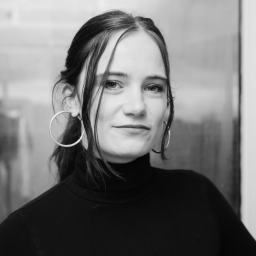Auctions
Hot Lots and Top Flops: 4 Artworks That Had Surprising Results at the Big November Day Sales in New York
One eagle-eyed bidder got a drawing by a major figure for a steal.
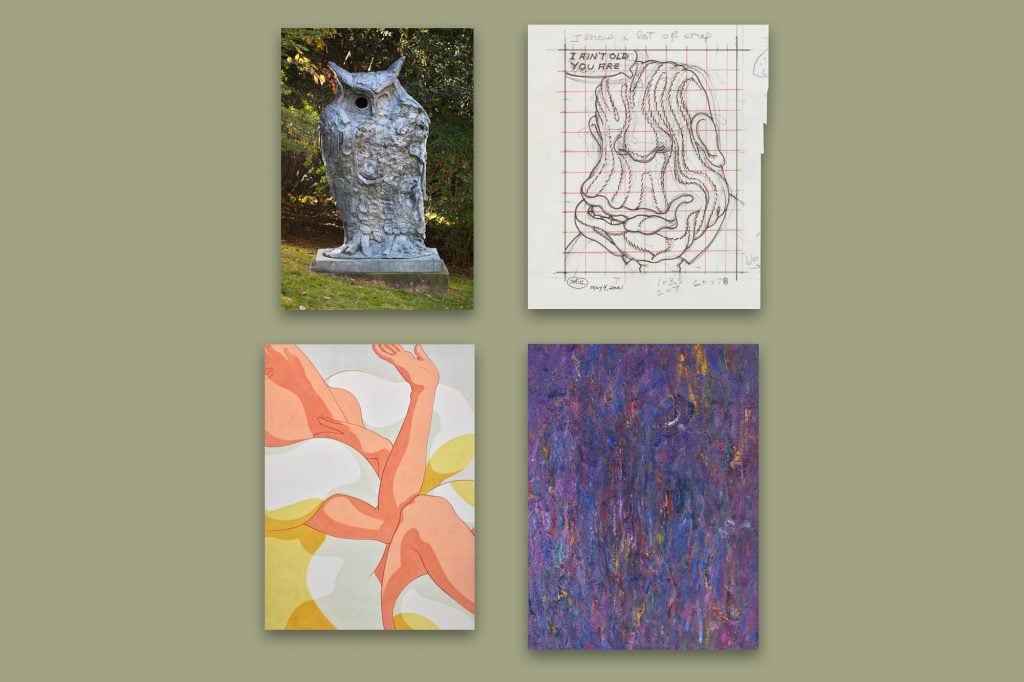
At the major November art auctions last week in New York, a $121 million Magritte and a certain duct-taped banana made headlines around the world when they sold in evening sales at, respectively, Christie’s and Sotheby’s. Those big-ticket nighttime events tend to be carefully choreographed affairs, with a sizable percentage of lots guaranteed to sell. Their results can provide some clues about the state of the market, but to really get a sense of the state of play, it’s best to return to the houses the next day (or at least tune in online) to see how their day sales perform. Estimates are far lower, there is less behind-the-scenes maneuvering, and some material is even offered without a reserve (a minimum price).
There tend to be surprises at the day sales. As some lots catch fire and others fall flat, reputations can be made—and lost. Below, a look at four lots that had intriguingly out-of-the-ordinary results.
Thomas Houseago, Standing Owl I (2012)

Thomas Houseago, Standing Owl I (2012). Image courtesy Phillips.
Auction: Phillips, Modern and contemporary art day sale, November 20
Estimate: $60,000 to $80,000
Sold for: $330,200
After taking a nearly decade-long hiatus from making art to confront previously untreated trauma, Thomas Houseago came roaring back this fall with a massive, multi-floor installation at Lévy Gorvy Dayan in New York. One look at that show, filled with compelling large-scale figures and sculptures that evoke myths and monsters, made clear that the artist had not lost his touch. Bidders on this bronze owl apparently agreed. It soared to more than four times its high estimate when it was offered at Phillips’s day sale last week.
The bidding war lasted for more than six minutes, with buyers from Indonesia, Miami, and Hawaii vying for the work, before selling to the collector in Indonesia, who was bidding online. “The exceptional result for Thomas Houseago’s Standing Owl I is a testament to the international enthusiasm the market has demonstrated for his work recently, coming on the heels of his show at Lévy Gorvy Dayan this fall and the strong price Phillips achieved for his Sitting Woman in May,” in May, Patrizia Koenig, co-head of the day sale, said. “Also, more generally, we have seen good demand for outdoor sculpture in recent seasons and the conservative estimate for Standing Owl I really galvanized competitive bidding.”
Just how conservative was the estimate? A Houseago owl had never before come up for auction, but a somewhat similarly scaled work, Moon Figure I (2010), went for $269,000 in 2013 on an estimate of $200,000 to $300,000. Last week’s $330,200 result is the second-highest price ever paid at auction for a Houseago, according to the Artnet Price Database. His record stands at about $462,000, the price paid for the plaster Walking Man (1995) back in 2019. —Eileen Kinsella
Pat Passlof, Braid (1959)
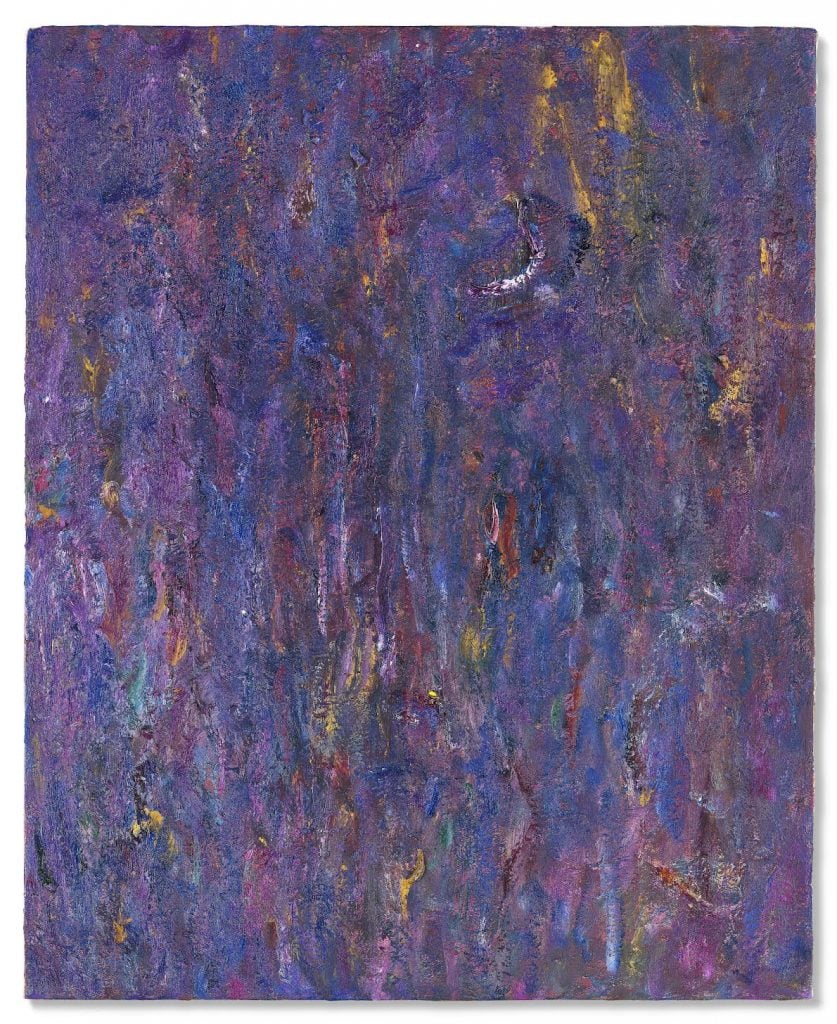
Pat Passlof, Braid, (1959). Courtesy of Christie’s.
Auction: Christie’s, post-war and contemporary art day sale, November 22
Estimate: $30,000 to $50,000
Sold for: $126,000
One of the lesser-known graduates of the famed Black Mountain College in North Carolina, Pat Passlof has been having a bit of a market moment over the last couple of years. The painter actually had no records in the Artnet Price Database until 2022, the year three pieces generated a modest $26,625. The next year, though, four works sold in the six figures to total up an astonishing $1.16 million. During Christie’s day sales this season, the high estimate for her work Braid (1959) more than doubled its high estimate, with buyer’s premium, going for $126,000.
Passlof, who died in 2011, was married to fellow painter Milton Resnick, and in 2018, the Milton Resnick and Pat Passlof Foundation opened an exhibition space in Resnick’s onetime Lower East Side studio, helping to spur interest in the pair’s art. The new energy around Passlof’s work parallels the surge in interest for other female post-war abstract painters, like Lynne Drexler and Bernice Bing. Christie’s co-head of the post-war and contemporary art day sale, Kathryn Marber, said in a statement, “With narratives around the unsung female heroes of the post-war era entering the zeitgeist over the last several years, Pat Passlof emerged on the market, apt for rediscovery.” —Annie Armstrong
TOP FLOPS
Ivy Haldeman, Colussus, Knee to Elbow, Wrist Bent, Four Fingers Edge Out (2018)
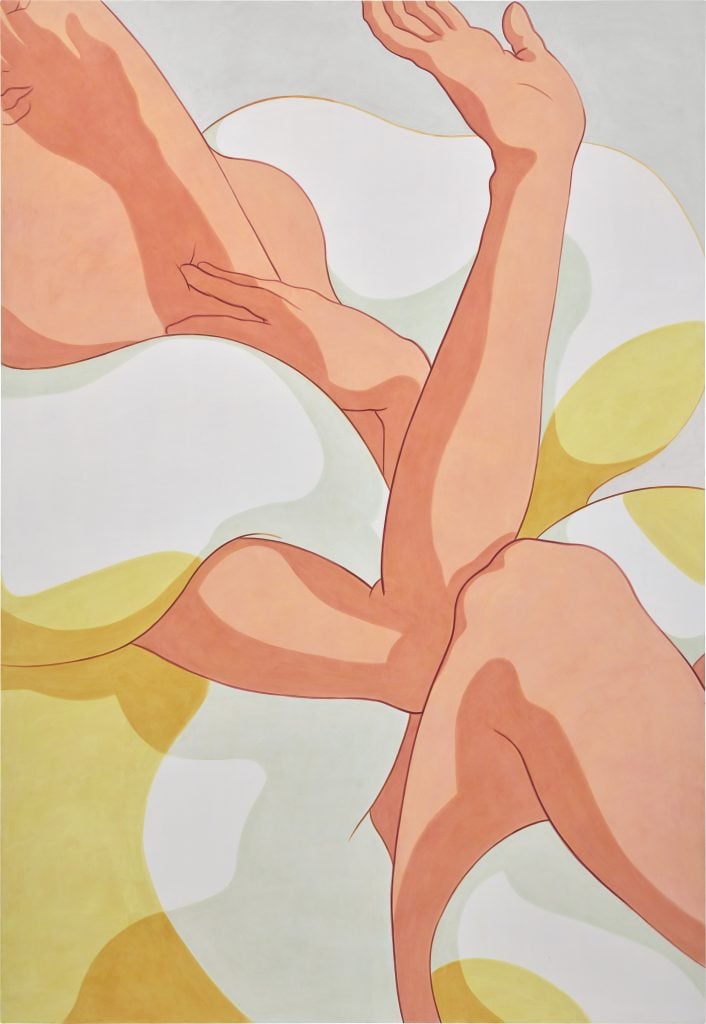
Ivy Haldeman, Colossus, Knee to Elbow, Wrist Bent, Four Fingers Edge Out. Photo: Courtesy Phillips
Auction: Phillips, Modern and contemporary art day sale, November 20
Estimate: $40,000 to $60,000
Sold for: $38,100
Ivy Haldeman’s abstract paintings of entwined limbs with soft palettes had been on something of a hot streak, going for as much as $176,000 at auction in recent years, according to the Artnet Price Database. That streak was put on pause last week, with the above work selling for below its low estimate, even with buyer’s premium added. To be fair, we can’t rule out that its provenance played a role in its poor performance. It had been owned by art advisor Lisa Schiff, who pleaded guilty to wire fraud last month. Her bankruptcy estate began offloading work from her holdings last week. Its trustees have retained Phillips to sell some 220 pieces, and this was one of three works to appear in the Phillips day sale. It is just a temporary blip for Haldeman? Time will tell. —Eileen Kinsella
Peter Saul, Study for Prune Head (2001)
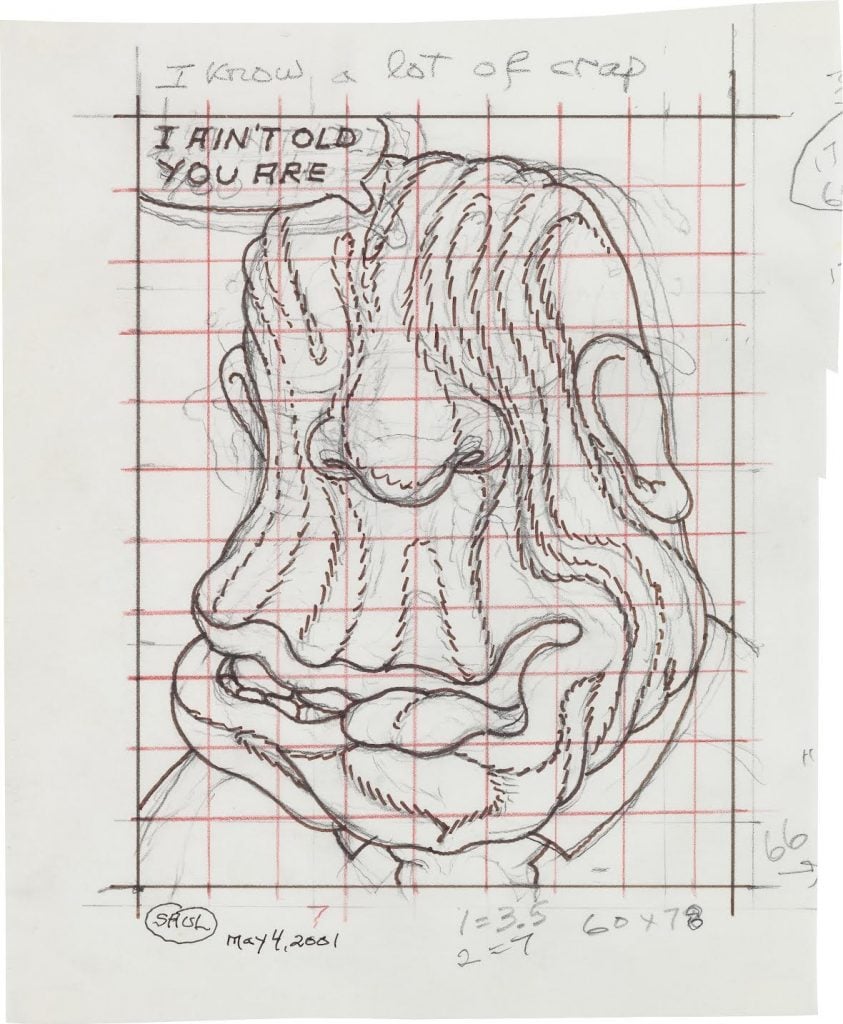
Peter Saul, Study for Prune Head, 2001. Courtesy of Phillips.
Auction: Phillips, modern and contemporary art day sale, November 20
Estimate: $5,000 to $7,000
Sold for: $699
If you are a bargain hunter, it’s always a good idea to keep an eye on lots without a reserve, especially in the day sales. Every now and then, you can acquire a real treasure for a shockingly low price. This was the case for one lucky bidder at Phillips’s day sale, when a sketch by Peter Saul came up to the block with an estimate in the standard range for a tiny drawing by the cartoon-focused pop artist. The consignor, who acquired the piece straight from the artist’s studio, should have considered a reserve: The piece sold for only a tenth of its high estimate, not even breaking into four-figure territory. Art selling for this little in a major sale at a top-three auction house is a real rarity. Cheers to the eagle-eyed bidder. —Annie Armstrong


